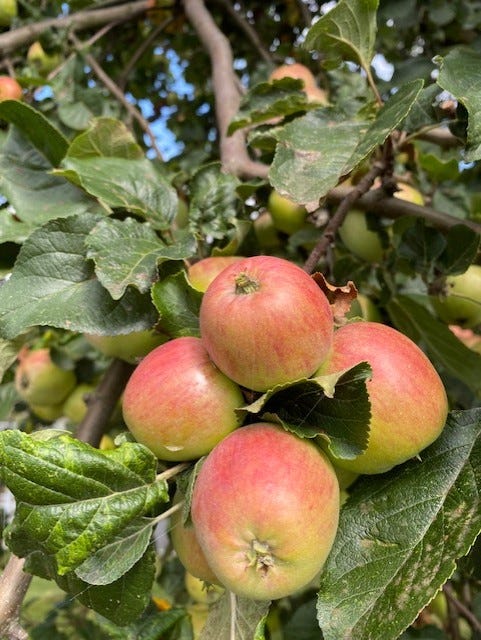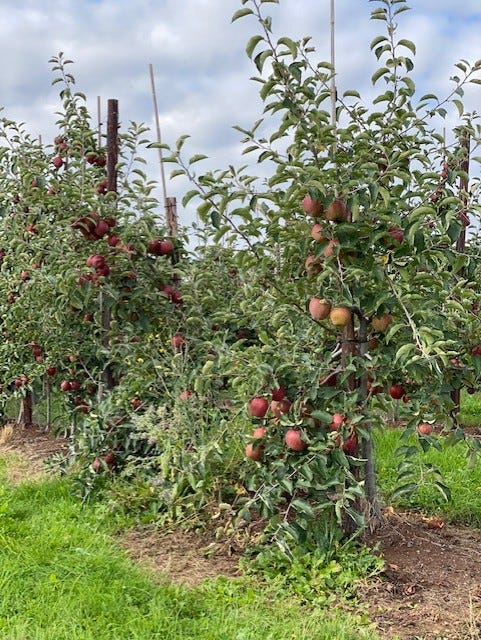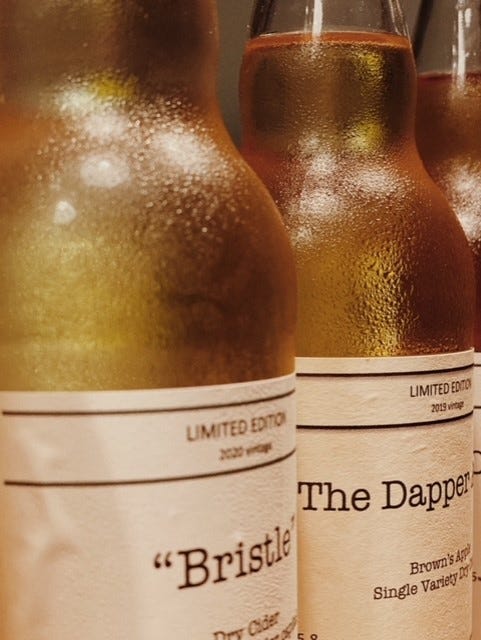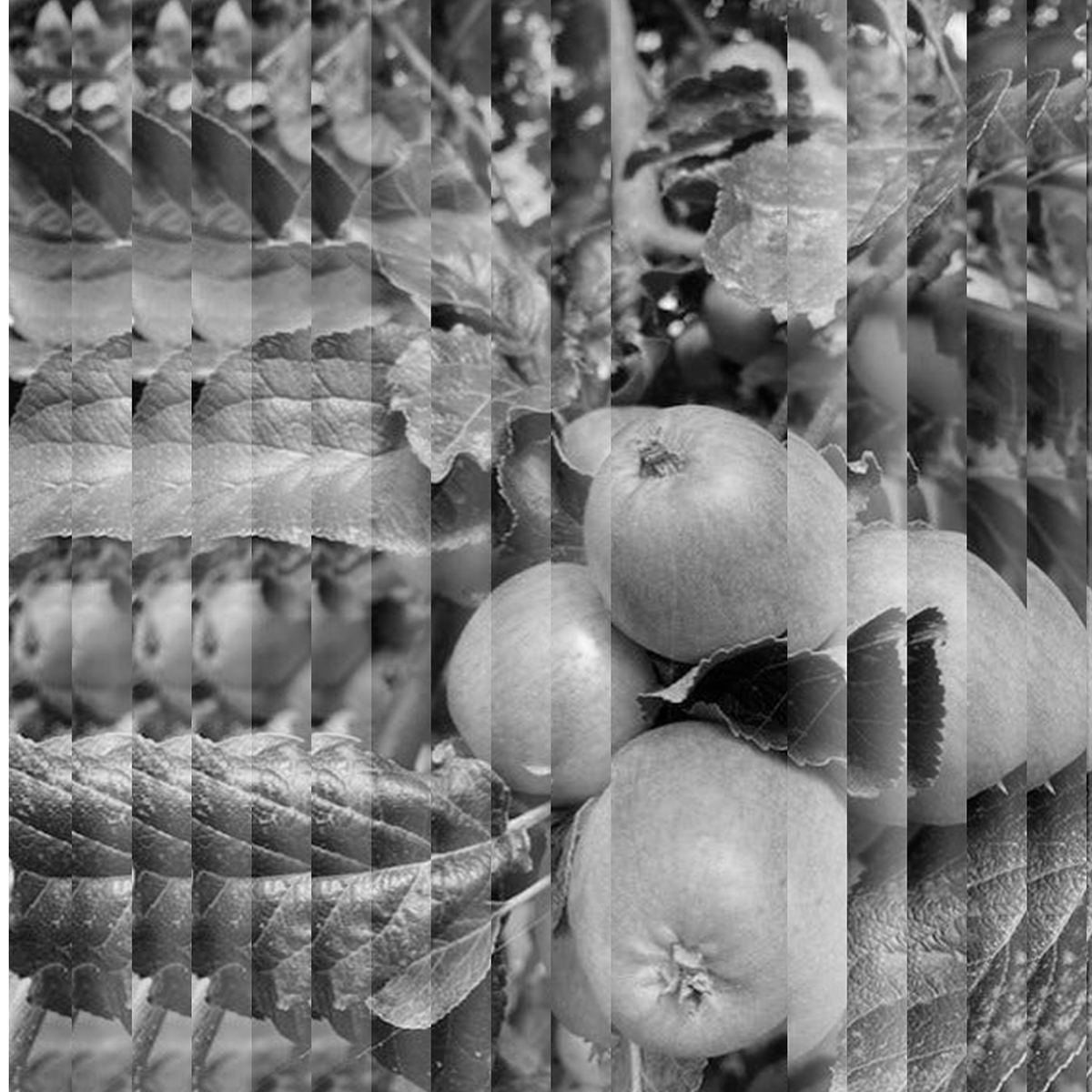Fermenting the humble apple
I have been thinking about different approaches to cider making recently, so I thought I’d share my thoughts on mainstream and artisanal/craft ciders.
Cider, in its simplest definition is fermented apple juice. There is, of course, more to it, but breaking it down, we press apples, collect the juice and let nature do its thang and hey presto, we have cider.
Godisgood[1] indeed!
If we follow nature, we make cider once a year – often referred to as a harvest-driven approach.
This means, last year’s cider can typically be enjoyed around the time we make this year’s cider.

And with time and maturation can come changes in flavour and aromas. Think of cider as being alive! It changes over time, it matures, and most important of all, if we follow the harvest, our cider changes from year to year, depending on good old Mother Nature.
Cider makers know this: some fully embrace the changes and differences, whilst other strive for a more dependable and uniform taste year on year, season on season, day on day. This does not mean that one approach is better than the other, they are just different.
So, to be able to make a cider which consumers can depend on to always be the same, your approach needs to change. Think of a pint of Magner’s Original over ice down at your local for example.
Or, if your drink of choice is beer, think of it in terms of your European style lager for example, such, so Stella Artois and Heineken. Go anywhere in the world and if you crave a cold one, you’re likely to find one of those around.
Humans tend to follow patterns in life, it makes things easier for us, and even though we like to think we are all individuals with our own thoughts we tend to group together and stick to routines.
Granted, some people more than others, but we are typically herd animals who prefer safety in numbers and if we can get a cider (or a beer) which we know and had before over something we have never even heard off, we are likely to stick to the known if we simply want a drink with dinner. Expectations prove the rule peeps!

Therefore, mainstream ciders tend to have a flavour profile that can be relied upon by us consumers to taste the same as the last time we had it.
Well, nature doesn’t work that way, so cider makers will blend various ciders to achieve said favour, colour and alcohol profile. Like a recipe if you will.
Let’s remind yourself here, that an apple tree can grow apples with a particular high sugar content one year, and produce apples with far less sugar content the next. And, because yeast ferments the sugars in the juice and makes alcohol and CO2 from it, the alcohol content can vary from vintage to vintage. By blending ciders, cider makers can achieve a uniformity and “tune” their ciders.
So, let’s reconvene in the orchard and see how them apples become cider:
We have now collected our raw ingredients, i.e. the apples, and have milled and pressed them to produce juice. Now, the juice can be sent straight to fermentation, or it could be stored for a very short period of time. If we are not careful, the stored juice will turn into cider, and unless this is how we want to make our cider, we need to act fast. Therefore, we can only make cider with fresh juice for a short period of time. However, if we want to enjoy cider all year around, we have a problem: how do we store tonnes of juice without it going funky? We transform it into concentrate! This does not only solve the problem of spontaneous fermentation, it also saves us on storage capacity, and above all, it can be cheaper.
Apple concentrate, kept at ideal conditions has no maximum shelf life, compared to fresh juice, which under ideal and sterile conditions can only be kept for 6-18 months.
The sugar typically measures 70-71 °Brix in concentrate, whereas in fresh apple juice it is around 10 °Brix, so to be able to use the concentrate, we need to reintroduce water. But like many things in life, the whole is typically more than the sum of its parts, meaning that the rehydrated juice will not return to its pre-concentrated nature, but become something different. The process of concertation can also remove aromas typically found in fresh juice for example, which we can add in again, but as much as we try, Mother Nature cannot be copied fully.

Working with concentrate can also save us some pennies: let’s take a single variety cider (SVC), made from whole juice, and blend it with another full juice SVC. The resulting blend will most likely showcase both the apples and the cider maker’s processes beautifully, but it will come with a higher price tag, than let’s say a cider which was blended with two juices with were rehydrated concentrate. Well, how about using a full juice SVC and blending it with a juice from concentrate – boom, we get consistency, flavour profiles from both full juice as well as concentrate and we save a little bit of money in the process. A cider maker’s choices are endless, and cider can be made using traditional, no or low innervation methods, or its creation can be technologically controlled and made by machines without ever seeing a person. Ok, ok, getting carried away a bit here, but honestly modern-day ciderys can be far removed from the romantic notion of the happy smiling faces picking apples, milling and pressing them.
But, is mainstream cider better or worse than harvest driven cider? I think it’s neither to be honest with you. Yes, I honestly and truly enjoy a fine cider made by Bushel+Peck on a Friday night[2], but I equally enjoy a Bulmer’s on ice down at the pub! Yes, you may judge me, but better yet, join me: let’s celebrate cider for what it is and what it can bring!
To shed some light, let’s look at one of ciders contemporary: American craft beer and its revolutionary changes in consumer behaviour across the globe: The U.S. craft beer scene started in the 1960s, with rises in home brewing and eventually more and more microbrewers appearing in the 1990s. And those brewers looked at the box and not only thought outside of it, but tore it up and recycled the damn thing. If you walk into a craft beer or brew pub, you’ll find beers created and/or served using a more traditional approach, think cellar conditioned English Bitters right next to a lager with slaps you in the face with hops flavours from New Zealand, whilst your teeth are screaming for mercy from the cold temperature!
And cider is right on the cusp of a similar journey! The cider world is changing rapidly and what a time to be alive!
So, let’s enjoy ciders for what they are and leave the snobbery at home! There is a time and a place for every cider that came into being, enjoy them!
Wassail!
xx
[1] “[…] The role of yeast in the biological transformation of sugars to beer was not fully recognized until microscopists were able to associate their observations with both the production of alcohol by yeast and the spoilage of beer by other microorganisms. However, for centuries before, it had been recognized that what was called “Godisgood” in early English—effectively yeast—was important in the brewing of beer. […] The Oxford Companion to Beer via Craft Beer & Brewing https://beerandbrewing.com/dictionary/wMD73jk23I/ [Accessed 21/10/2021]
[2] The girl can have an expensive taste sometimes…

Leave a Reply